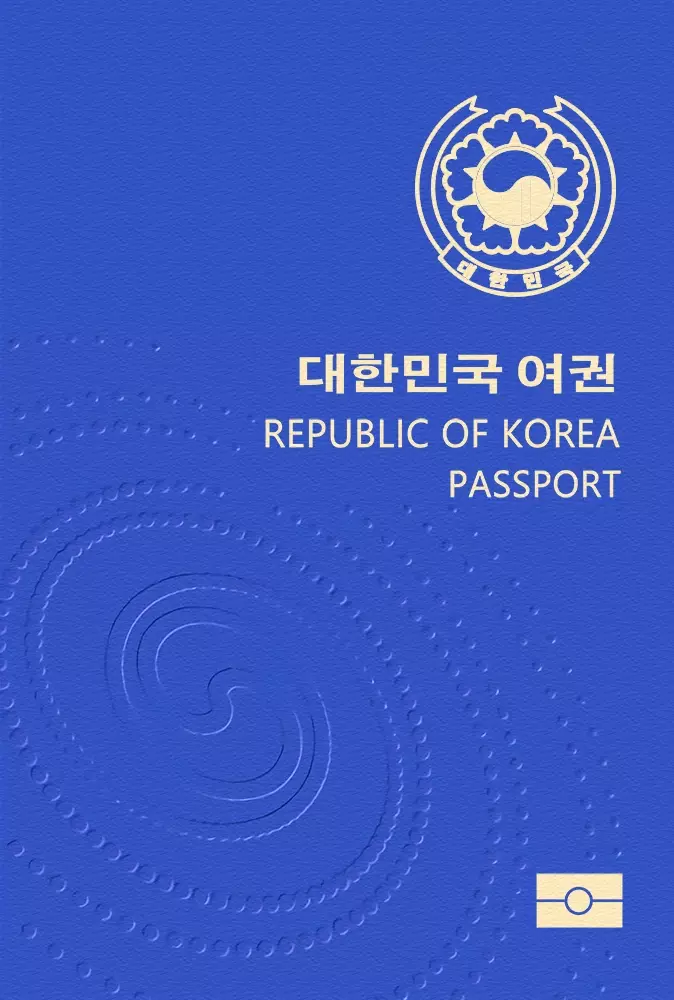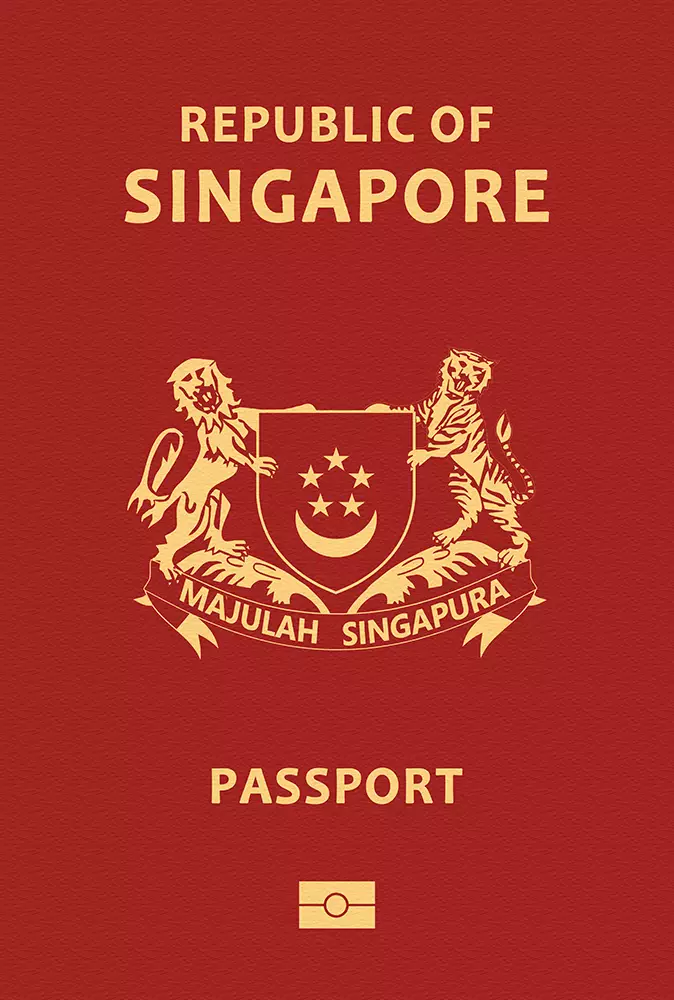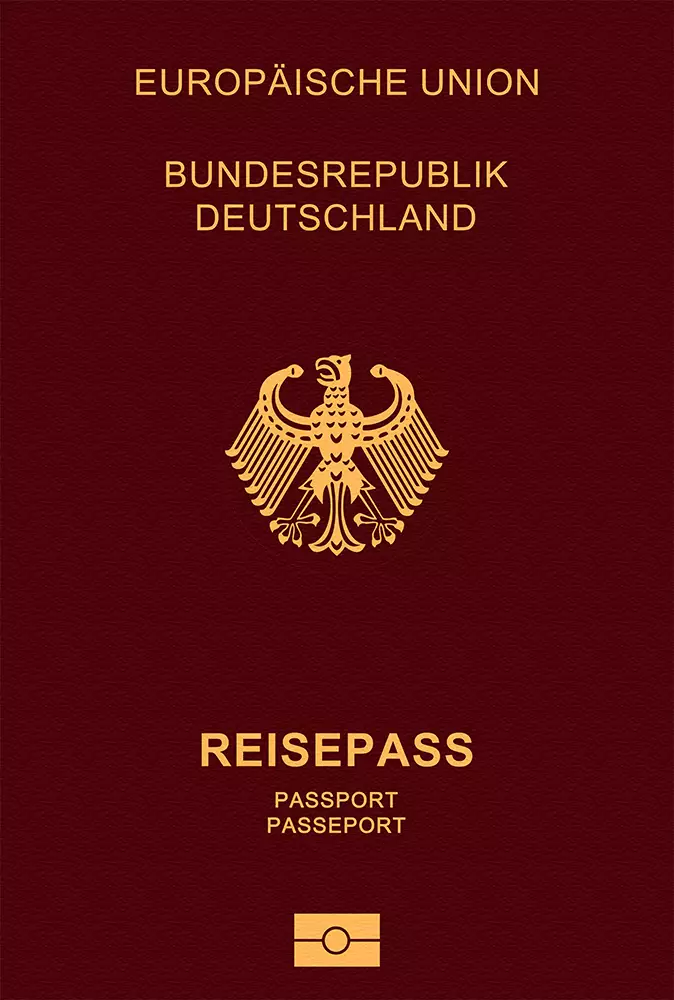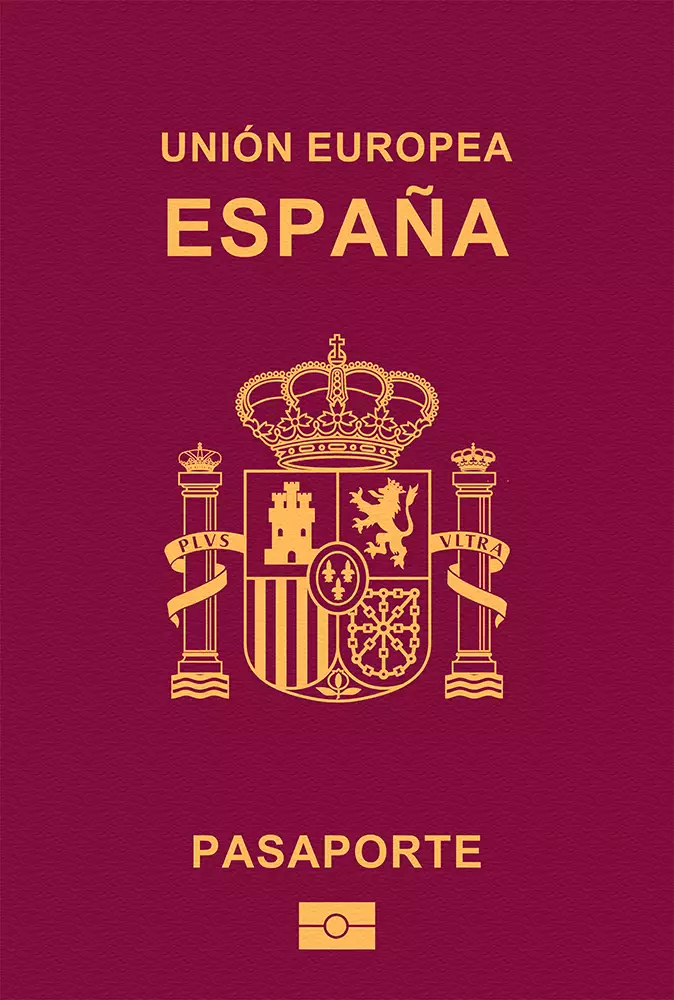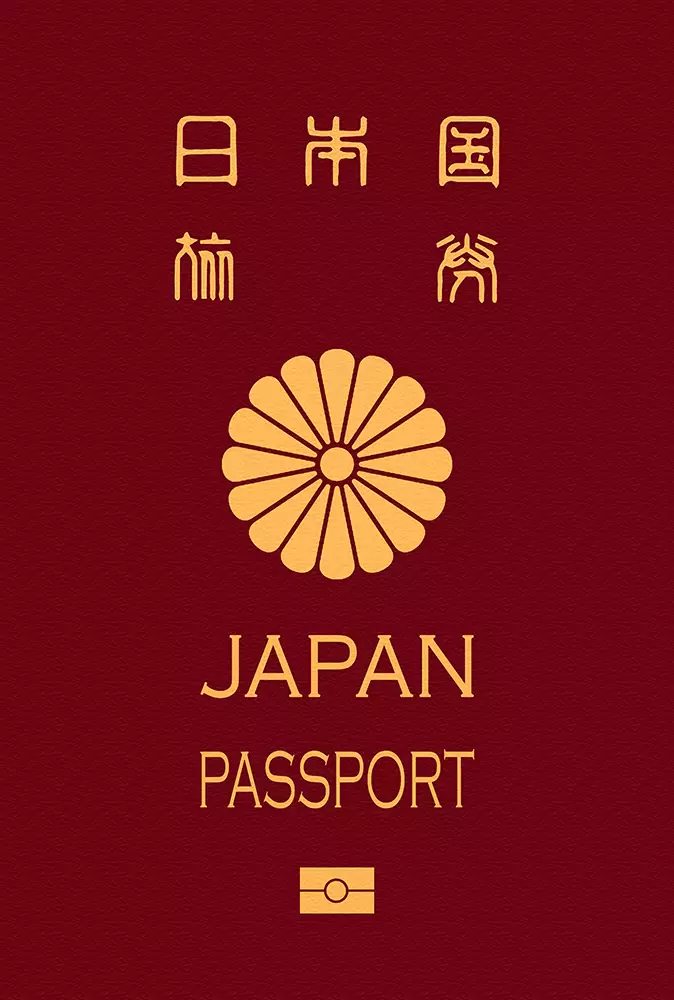The nine provinces that make up the Republic of Korea. The southern half of the Korean Peninsula, which borders North Korea and the Sea of Japan, makes up the nation. Gyeonggi, North Gyeongsang, and South Gyeongsang are the three most significant provinces. The total surface area of South Korea is 100,363 square kilometers. It is now the 31st largest country in Asia as a result. It has a moderate climate with chilly winters and summers with lots of precipitation. Wide coastal plains can be found in the west and south, although hills and mountains make up the majority of the topography. There are more than 51.7 million people living there. Seoul, the nation's capital and most populated metropolis with more than 9.7 million residents, is also its largest., followed by Busan, Incheon and Daegu. Busan, Incheon, and Daegu came next. With around 71 million passengers annually, Incheon International Airport (ICN) is the largest airport, followed by Jeju International Airport with 31 million passengers annually. With connectivity to every continent, Incheon Airport ranks as the 14th busiest airport worldwide. There are many customs and historical markers in South Korean culture. The vast majority of people in the nation are atheists. Korean is the official language. The legal system is a synthesis of Chinese, Anglo-American, and European law. There is a presidential republican form of governance. Moon Jae-in is the elected head of state and government. There are elections every five years. With the current exchange rate, the South Korean won (KRW) is the official currency of the nation. With an open economy and GDP of about $2.29 trillion, the nation ranks 14th in the world's major economies. The per capita income of its people is $44,292. Services and the industrial sector account for the majority of the GDP. The manufacture of automobiles, electronics, and telecommunications are its principal export commodities. The country is a global leader in technology. There are many different urban and outdoor tourist sites in South Korea. It draws travelers in the summer and winter because of its stunning scenery, cities, and culture. There are fourteen UNESCO World Heritage Sites in it. Some of the major destinations include the Changdeokgung Palace, Busan, Jeonju, the Seoul Tower, the Bukchon Hanok Village, the Seoraksan National Park,

